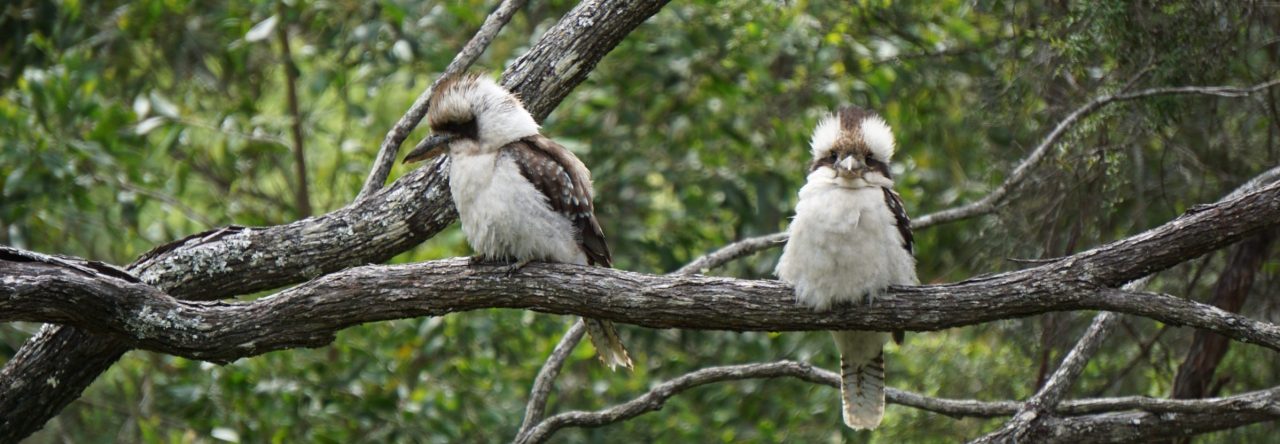The Intention of this Work
“[A Year to Live Practice] is not simply about dying, but about the restoration of the heart, which occurs when we confront our life and death with mercy and awareness. It is an opportunity to resolve our denial of death as well as our denial of life in a year-long experiment in healing, joy, and revitalization.”
– Stephen Levine, A Year to Live.
It seems counter intuitive, to discover more life by feeling the certainty of death; but, when approached skilfully, that’s how it works. You direct your energy more and more into meaningful activities, letting energy-draining activities fall away naturally Personally speaking, I’ve increases my commitment to an honest and full life, by making the thought of death an ally.
When I was young, I claimed I could laugh at death. I was fooling myself. There was no peace or depth of being, for me, in ’seizing the day’ as way to ‘rage against the dying of the light.’ So, what changed me? Losses. The loss of my first marriage. The deaths of friends, and relatives. And, to a large extent, the loss of illusions about myself as I practiced meditation and mindfulness of the body.
I had no knowledge of my narcissism, and it slowly but clearly came into view. This practice of attuning to ‘what is’ revealed the certainty of my own death right here in my own flesh.
“Before we can leave the body effortlessly we have to inhabit it fully. A remarkable means of heightening life as well as preparing for death is to enter the body wholeheartedly, sensation by sensation.”
– Stephen Levine, A Year to Live
And as I investigated what this life is, the conundrum of exactly what the word ‘death’ means grew more pressing. Looking back over these paragraphs, what have you, by default, taken ‘death’ to point toward. Whatever your answer, is that a direct experience, or some kind of conclusion you adopted from the past?
Much of this book is devoted to showing how a contemplative life – that is, a skilfully conducted, sustained practice of meditation and mindfulness – can bring an authentic which is life beyond the conventional understanding of what a full life is.
“Awareness is the place of the deathless;
Unawareness is the place of death.
The aware do not die;
The unaware are as though dead already.”
– The Buddha, The Dhammapada (Penguin Classics), verse 21. trans. Valerie Roebuck. Penguin Books Ltd.
The particular vehicle by which I explore these themes is the Early Buddhist views on death, but I call witness to this kind of fruitful life from many sources, because matters of life and death transcend cultural approaches.
I am inspired by what Herbert Guenther wrote in the first volume of this translation of Tibetan meditation adept Longchenpa Rabjampa’s Kindly Bent to Ease Us:“It would be quite wrong to try to evade and to suppress the thought of death, and it would be quite morbid to brood over this inescapable fact. Death is not the end of Being; it may the end of some sort of being. Being remains unaffected by death; only that which is fictitious, sham, is continuously dying. Hence the thought of death is rather a powerful stimulus that brings me back to myself as the unique occasion for the search for the meaning of life, and it makes me recognize the importance of this very moment, as it highlights the real possibilities that are still before me. It is in the light of death that I am prompted to act in such a way that, should death strike, my life may have had some total significance.”
